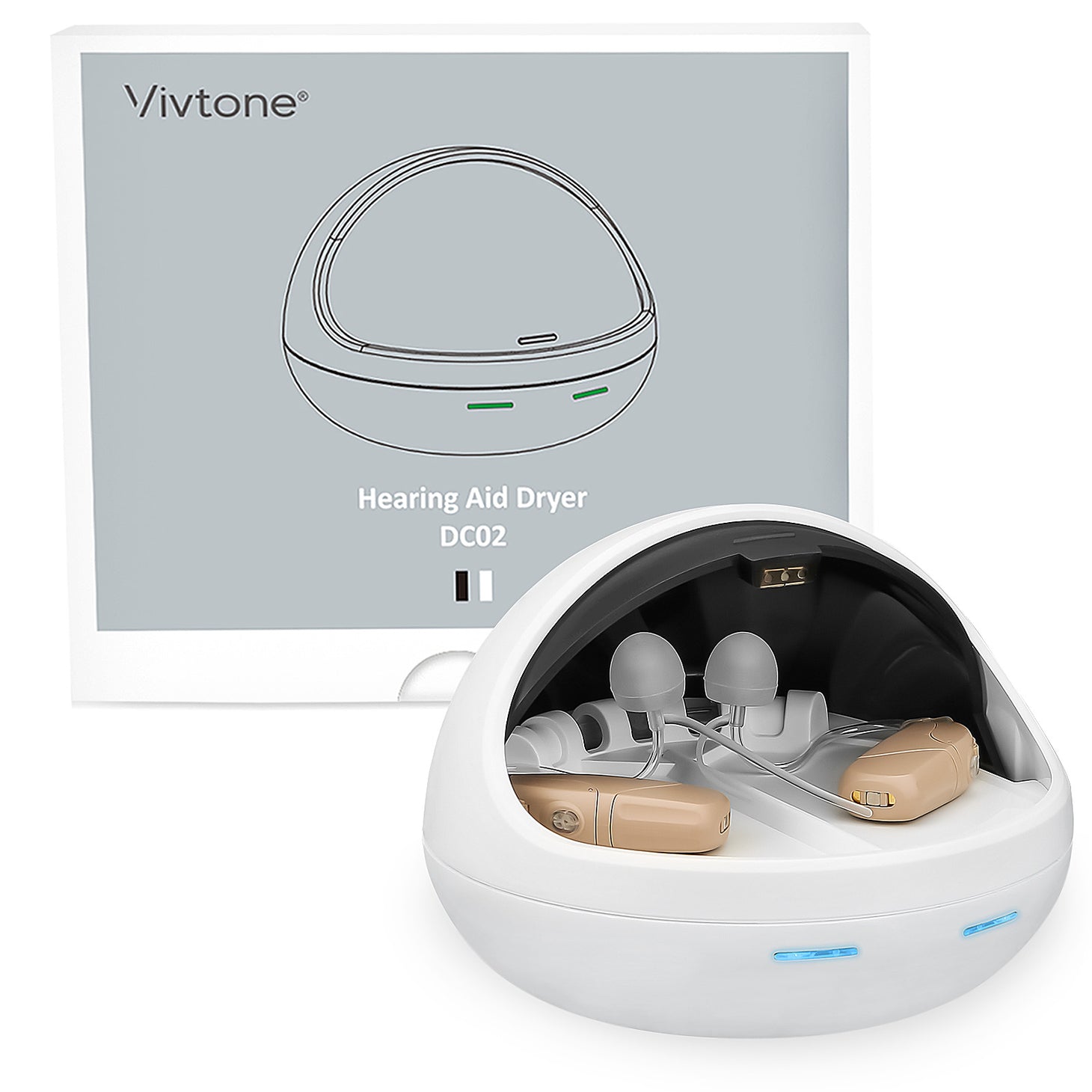Hearing aids are intricate devices designed to improve the quality of life for individuals with hearing loss. However, like any sophisticated technology, they can encounter problems. Understanding the common issues with ear aid parts and how to troubleshoot them can help users maintain their devices effectively and ensure optimal performance.

Battery Problems
One of the most frequent issues with hearing aids is battery-related. Users often experience short battery life or complete power loss. To troubleshoot, start by ensuring the battery is inserted correctly. If the problem persists, try a new battery. Additionally, clean the battery contacts with a dry cloth to remove any debris or moisture that might be affecting the connection.
Feedback and Whistling
Feedback, characterized by a whistling sound, is another common issue. This can occur if the hearing aid is not properly fitted in the ear canal. To address this, reposition the device and ensure it fits snugly. If the problem continues, check for earwax buildup, which can cause feedback. Cleaning the ear mold or consulting a professional for earwax removal can often resolve this issue.
Sound Distortion
Distorted sound can be frustrating for hearing aid users. This issue might be due to a clogged microphone or receiver. Regular cleaning of these components with a soft brush can prevent debris buildup. If distortion persists, it may indicate a more serious problem, such as internal damage, requiring professional repair.
Moisture Damage
Hearing aids are sensitive to moisture, which can cause significant damage. Users should avoid wearing their devices in humid environments or while swimming. If moisture damage occurs, use a hearing aid dehumidifier to dry the device. For severe cases, professional servicing may be necessary to restore functionality.
Connectivity Issues
Modern hearing aids often feature wireless connectivity to smartphones and other devices. Connectivity problems can arise due to software glitches or interference. To troubleshoot, restart both the hearing aid and the connected device. Ensure that the software is up-to-date and that the devices are within the recommended range for connectivity.
Volume Control Malfunctions
Volume control issues can stem from dirt or debris obstructing the control mechanism. Cleaning the volume control with a dry, soft cloth can often resolve this. If the problem persists, it may be due to a malfunctioning component, necessitating professional repair.
Microphone and Receiver Blockages
Blockages in the microphone or receiver can significantly impact hearing aid performance. Regular maintenance, including cleaning these parts with a soft brush or specialized tool, can prevent blockages. If blockages are severe, professional cleaning may be required.
Conclusion
Understanding the common issues with ear aid parts and how to troubleshoot them is crucial for maintaining the functionality and longevity of hearing aids. Regular maintenance, proper handling, and timely professional servicing can help users avoid many common problems. By staying informed and proactive, users can ensure their hearing aids continue to provide the best possible auditory experience.














